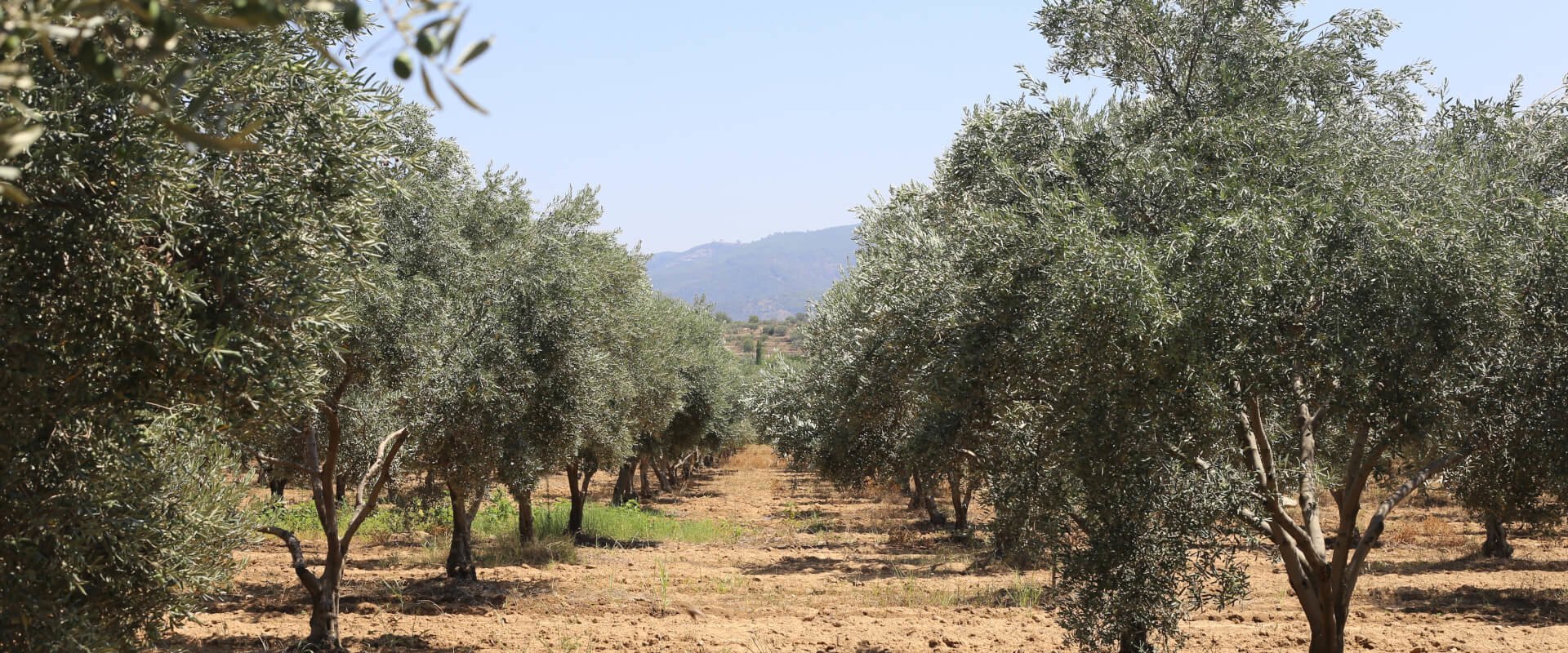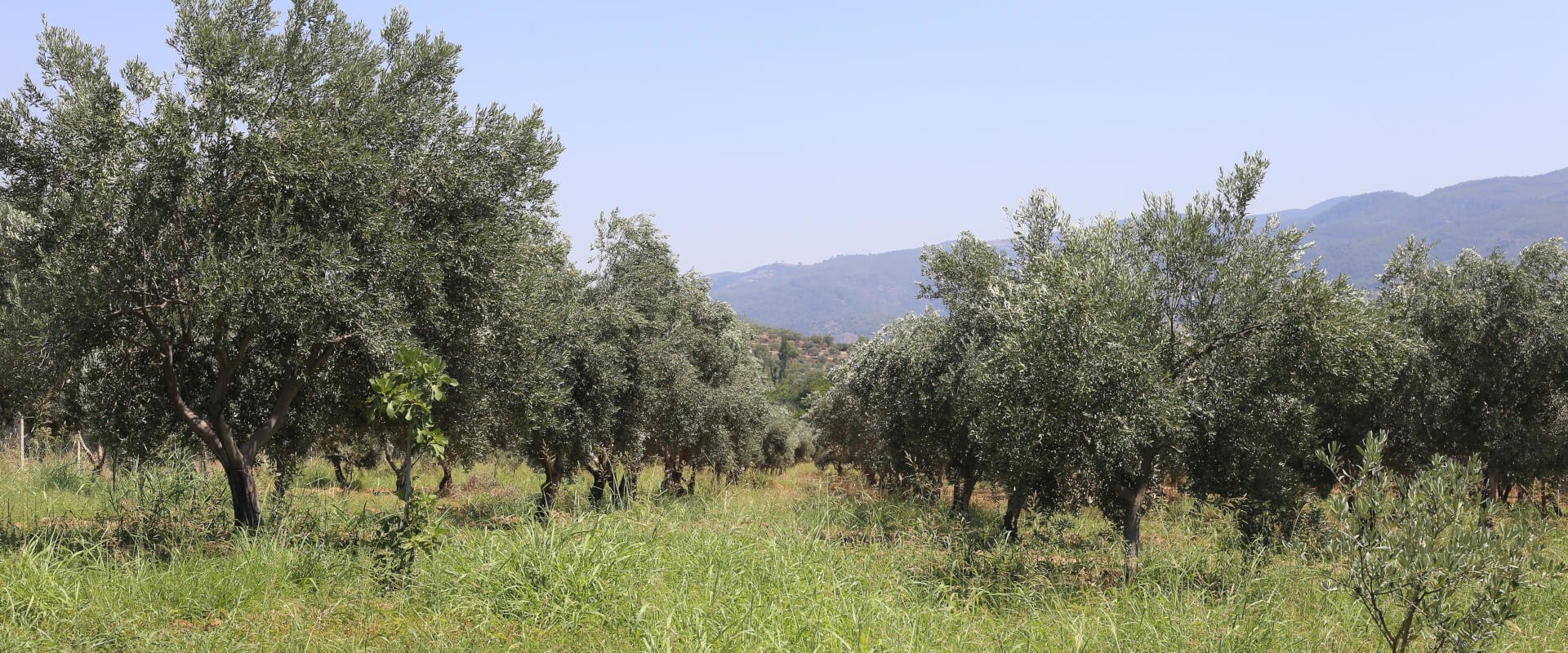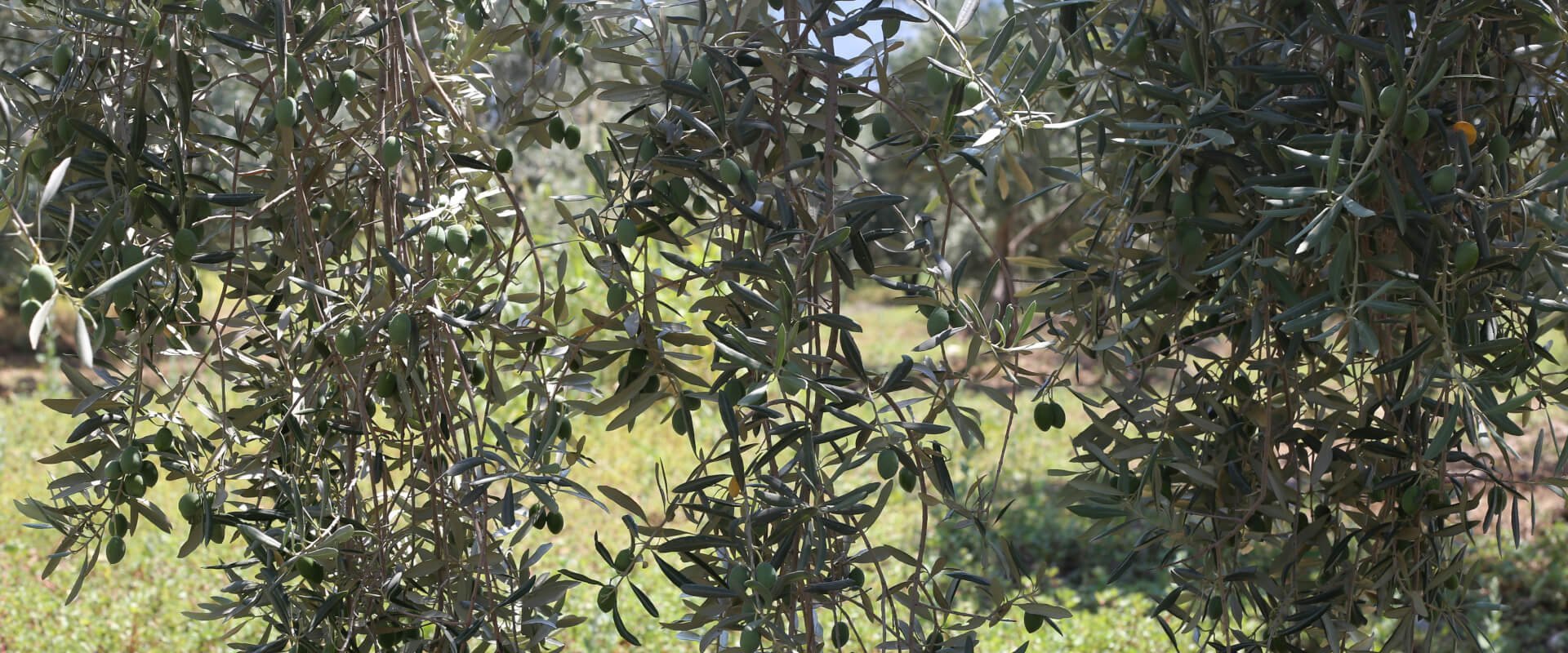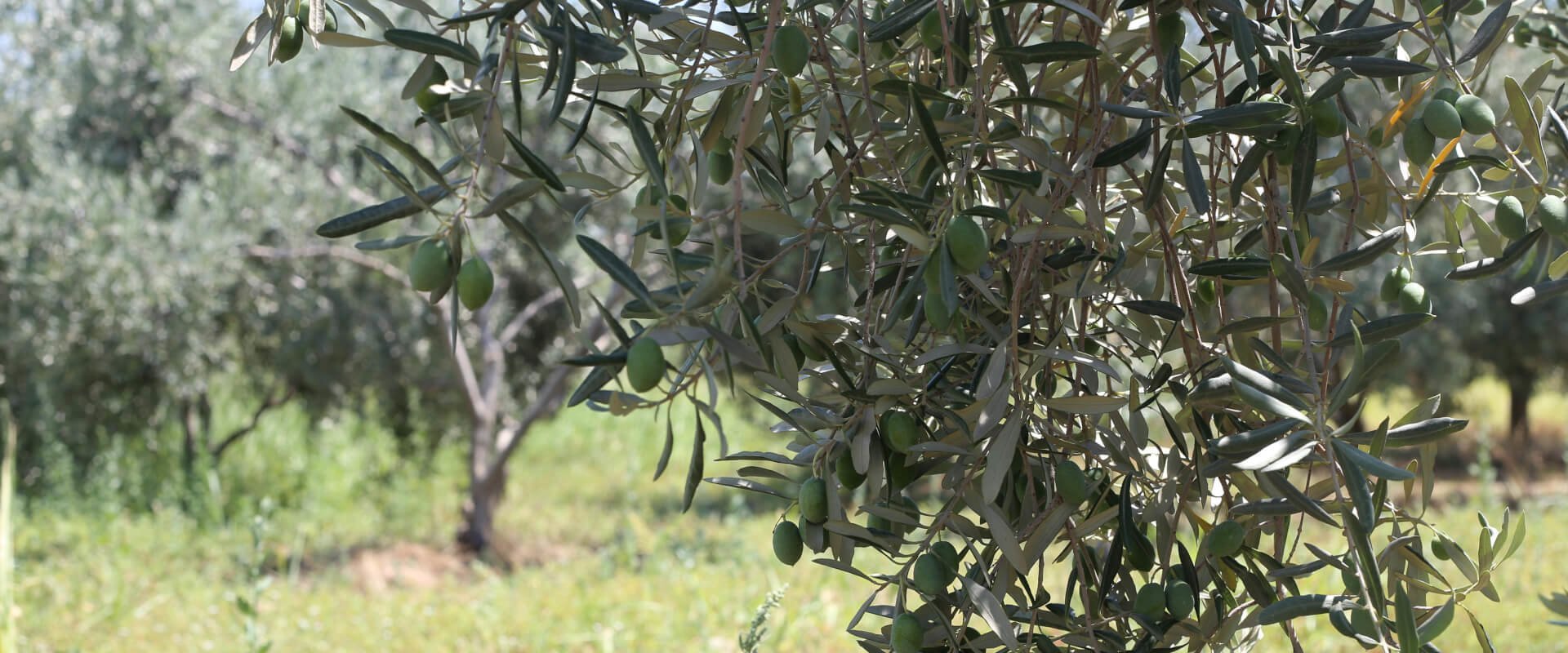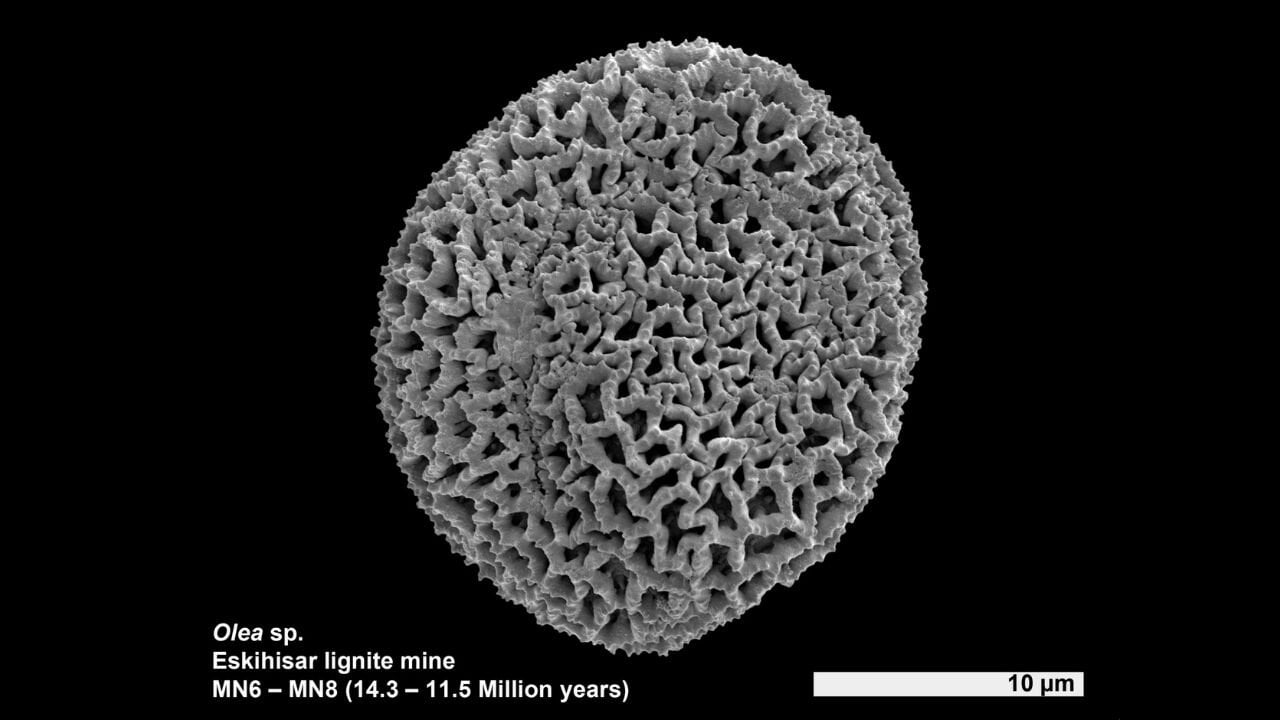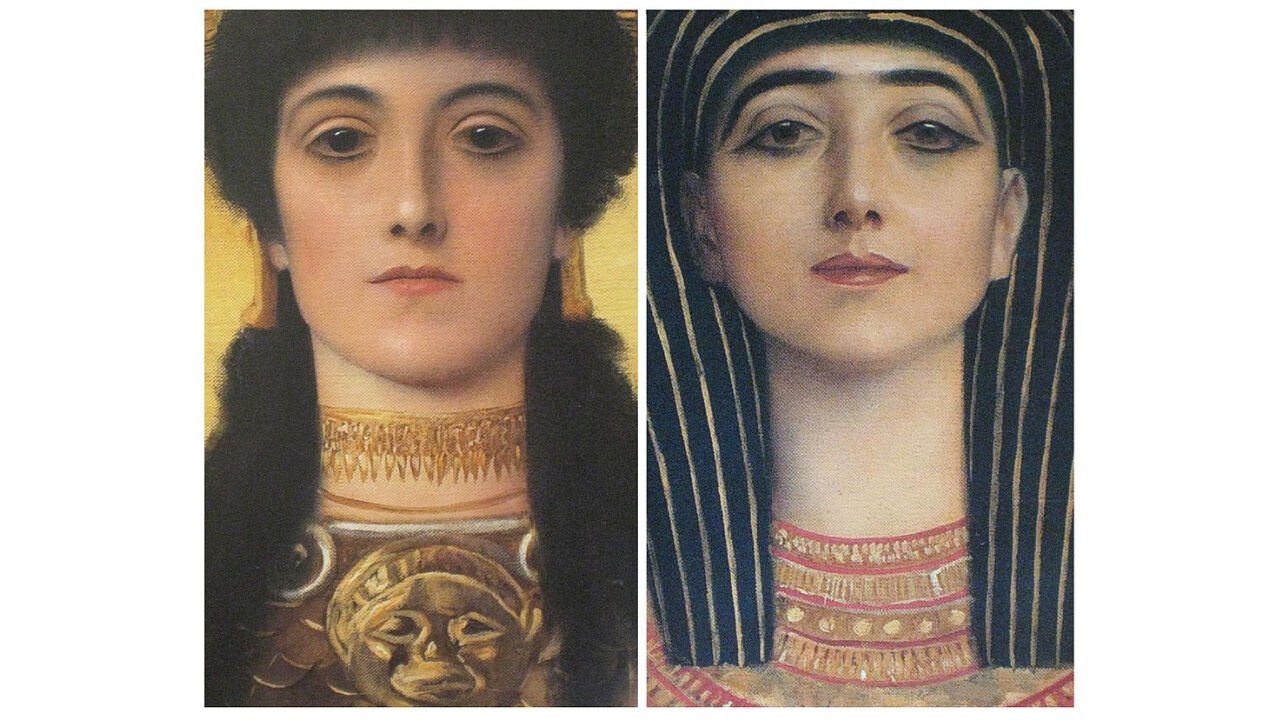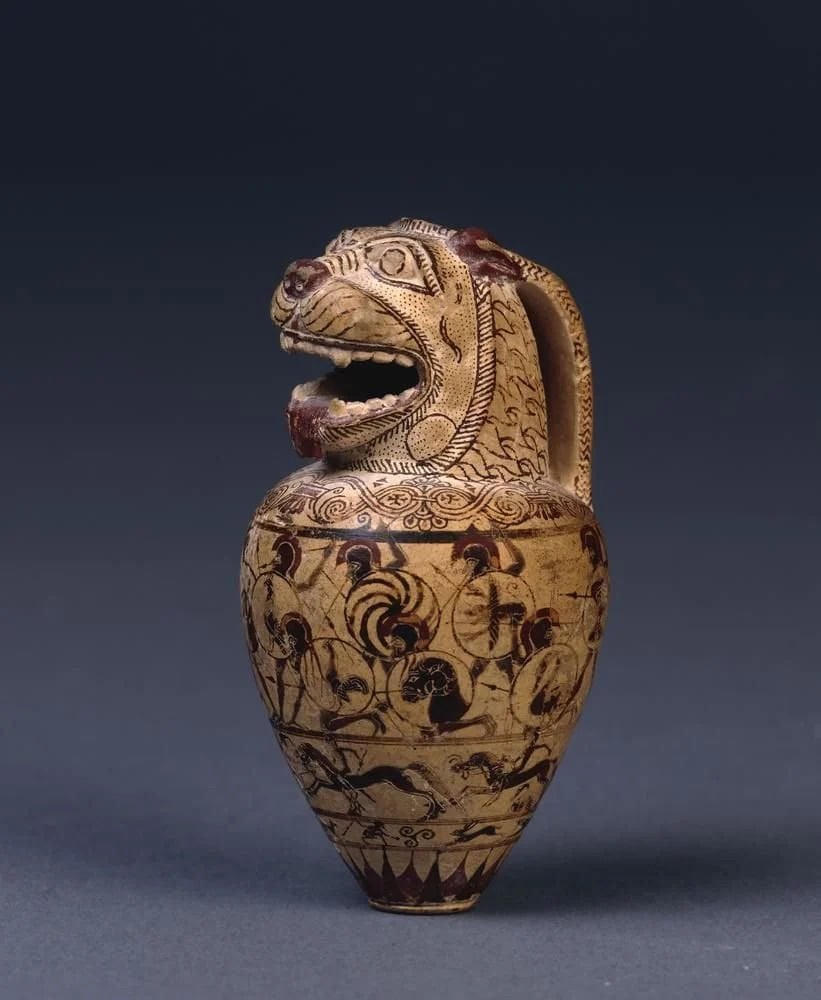Olea europaea L. sativa is a modified species of the wild olive named Olea europaea L. oleaster, which is from the olive family and is called “crazy olive” in our country.
In ancient Egyptian legends, Isis, the goddess of marriage and love, taught the olive tree of the fertile Egyptian lands watered by the Nile. She is the mother, the symbol of love, protection, creative life and chastity, as the goddess of the sky, she is the goddess who gives light from the sky. In ancient Greek stories, the goddess Isis is named after the goddess Athena. His most distinctive quality is his ingenuity, the creator of civilization, inspiring all kinds of skilled workers (weavers, blacksmiths and potters at the time). It dominates art and wisdom, is a symbol of intelligence, war, peace and strategic thinking.
Archaeological finds show that the primitive olive oil works were dated to BC. It shows that it goes as far as 3500. When it comes to the Iron Age (1000 BC), leveraged printing applications with wooden poles allow more oil to be separated from olives. In the civilizations of the Mediterranean basin, olive oil, which was first used in perfume production, with the spread of olive agriculture and the increase in production; It was first used in worship and funeral rituals, then for skin ointment and body cleansing, later it was used for fabric tanning, lighting, and making soap-like solutions. It is a culture that emerged later on that its use in kitchens as a food became widespread.

